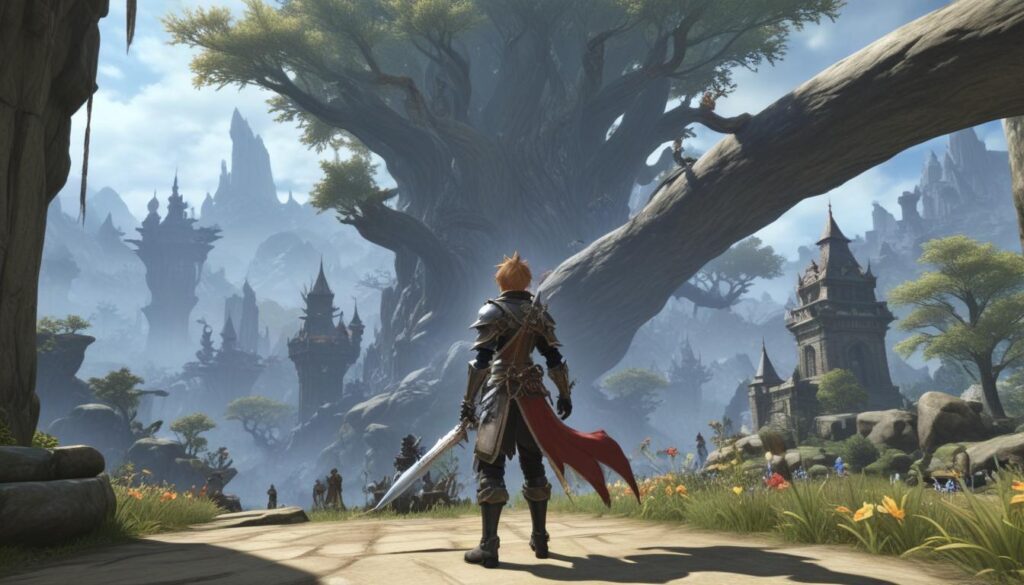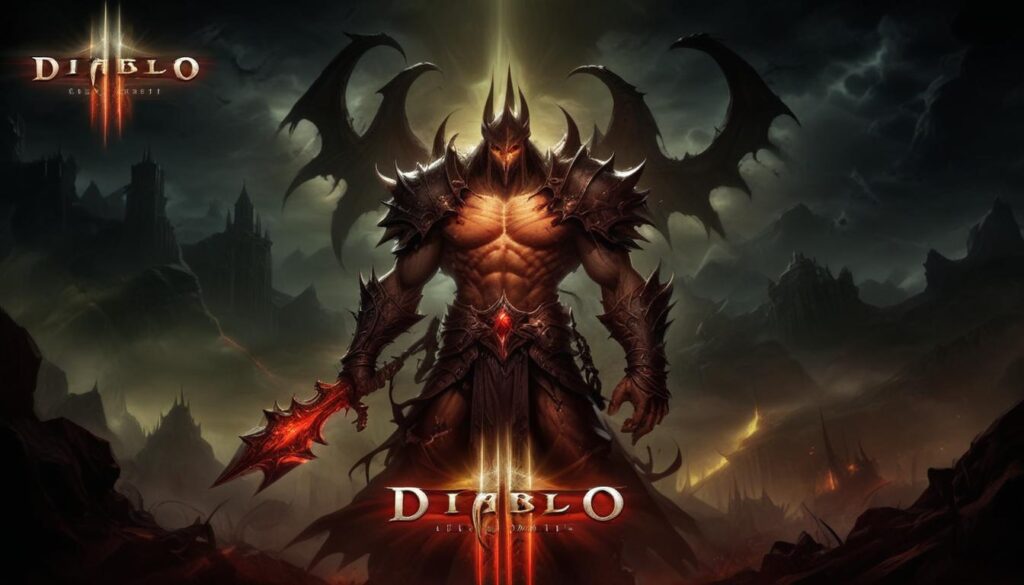Introduction
The digital entertainment industry suffers from the fact that a huge number of games are half-baked. The reasons may be different: one company does not know the desires of its players, another makes overly ambitious plans that it is unable to implement.
However, some studios still finish what they started, releasing numerous updates for their projects. And after months or even years, these games transform so much that it becomes impossible to tear yourself away from them.
1. For Honor
The multiplayer action movie about Vikings, knights and samurai intrigued the public with its unusual combat system from the very beginning. But when the game came out, it turned out that the online component was poorly implemented and full of bugs. And the micropayment system left no chance for those who did not want to invest money in an already paid project.
The game was boycotted, and the developers from Ubisoft had to pull it out from the bottom. Earning in-game currency has become much easier, and online battles have been moved to dedicated servers. After this, For Honor finally began to resemble what the company had originally announced, and it became truly interesting to play.
2. Rainbow Six Siege
It simply didn’t have the bare minimum of content that a full price game should have. So, the project had a cool hostage rescue mode, but there weren’t enough opportunities to fully try it out.
However, then Ubisoft began to constantly add new content to the shooter : characters, gadgets and maps. And the game became truly interesting: the replay value that had been dormant somewhere in the very depths was fully revealed.
3. The Elder Scrolls Online
The Elder Scrolls Online, like many other massively multiplayer RPGs, had a rocky start. Due to a gold multiplication bug, the in-game economy went to hell just a few weeks after the game’s release. Moreover, many design decisions turned out to be very controversial.
Take, for example, the phasing system, which was designed to speed up the processing of objects. Because of it, playing in a group turned into a nightmare: important characters and quest objectives appeared in different places for each participant or disappeared altogether.
Add to this leveling, which became terribly monotonous closer to the maximum level, and the need to pay for a subscription. Even the most die-hard fans of the series abandoned The Elder Scrolls Online.
Fortunately, the developers fixed most of the bugs, got rid of the mandatory subscription and completely redesigned the hero development system. In addition, several major additions were released for the game, which made the world larger and more diverse.
4. Final Fantasy XIV: A Realm Reborn

Final Fantasy XIV, made in the MMORPG genre, was released in 2010. But in terms of game design, it was very similar to its predecessor, Final Fantasy XI, which was born back in 2002. And this did not go well for her: the players needed something new.
And Square Enix, having invested millions of dollars in the project, decided not to give up. The studio hired a new director, Naoki Yoshida, to revive the game. And he did an excellent job. Three years later, Fina Fantasy XIV: A Realm Reborn was released, which received high marks from the most famous gaming sites and magazines.
5. Pokémon Go
Pokémon Go gained popularity not because of its interesting gameplay, but because of its famous brand. But due to the fact that there were very few features in the game, soon after the release users began to leave it en masse.
The developers from Niantic decided not to put up with this and began adding new features to the game: stadiums, raid battles, a dynamic weather system and field research.
The list of Pokemon inhabiting the virtual world was constantly expanding. In addition, Pokémon Go now offers the ability to trade creatures. Thanks to this, the social potential of the project was finally revealed, and the game became truly interesting.
6. Diablo III

When the long-awaited Diablo III was released, not everyone was able to get into it. At first, users complained en masse about an error that arose due to high load on the servers and did not allow them to plunge into a dark fantasy world.
Well, when the problem was solved, the players were discouraged by the auction system. It allowed you to buy items, including very powerful ones, for real money. Therefore, the point of killing hundreds of monsters in an attempt to obtain valuable weapons or armor has simply disappeared for many. But this is one of those things for which the series is loved most of all.
Today there are no auctions in Diablo III, and the servers are stable, although the game still requires a constant connection to the Internet, even during a single playthrough. But Blizzard Entertainment has significantly reworked the character leveling system, thanks to which the replay value of the project has increased significantly.
7. The Division
Even at launch, The Division had a lot of interesting things: exciting raids, daily and weekly events, a particularly dangerous dark zone with the ability to fight with other players. What could go wrong?
The item acquisition system is largely to blame: it was not fully developed, so it was often unclear what was best to wear and how it would help in battles. Combined with the clumsy shooting mechanics and incredibly tough enemies, this discouraged people from returning to the game.
But Ubisoft still made up for lost time: they released several additions with new modes and locations, balanced the system for obtaining items, and expanded the ability to customize the appearance of the character. Now The Division is truly fun to play, especially with friends .

